Zaturdays: What's Frontside?
Posted on Saturday, January 7, 2017 by Paul
Right / left, up / down, black / white. You don’t even have to think about what these words mean. If you’ve been skating for a while it’s the same with frontside and backside. Second nature basically. But have you ever actually tried to explain it to anyone? What starts off so simple soon breaks down into chaos, madness, and despair. Well maybe not despair but you get what I’m saying.
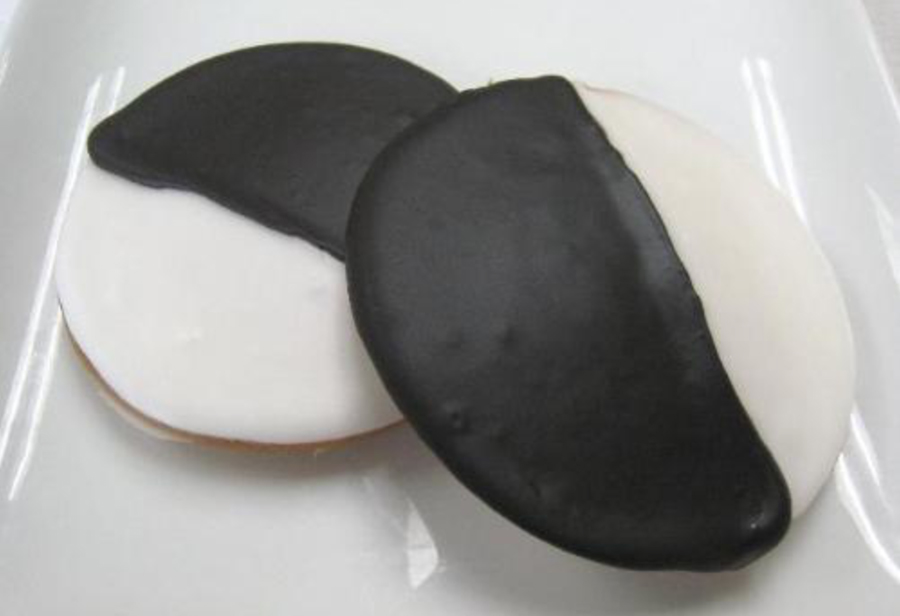


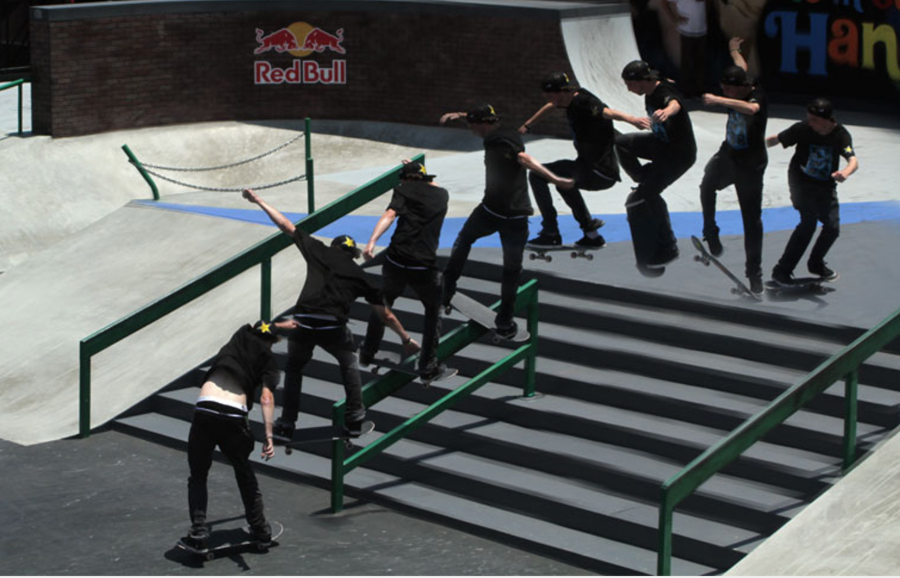
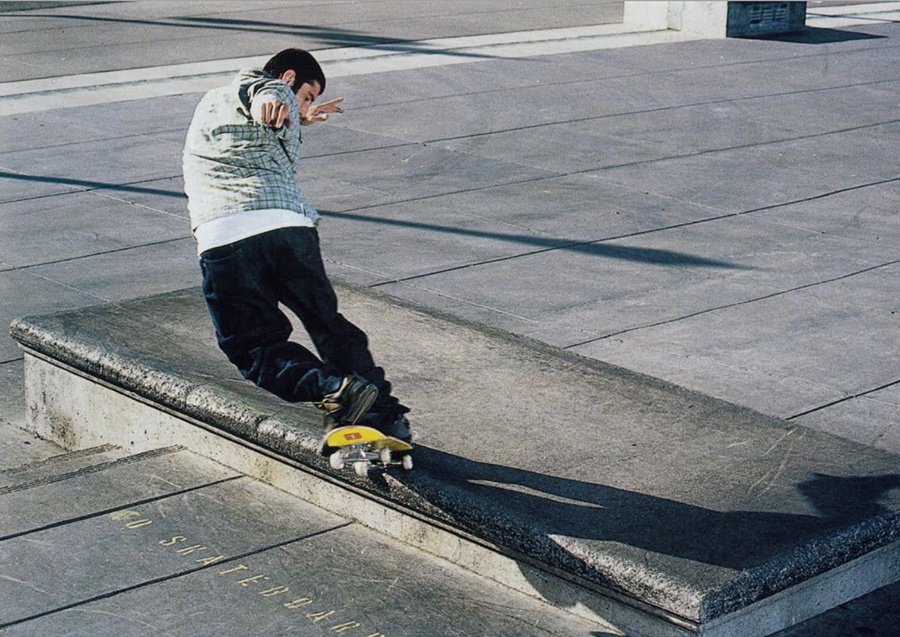
 Other problems arise when talking about tricks like fs cabs and nollie bs 360s. They are really the exact same trick, but the only thing making one fs and the other bs is the person’s stance. Try getting someone that doesn’t skate to understand the difference. You’ll get questions like, “Okay, so a trick is backside for a person who is regular footed, but frontside if they’re goofy footed? And um…maybe this is a stupid question but goofy footed means you push with your front foot right? ”
Other problems arise when talking about tricks like fs cabs and nollie bs 360s. They are really the exact same trick, but the only thing making one fs and the other bs is the person’s stance. Try getting someone that doesn’t skate to understand the difference. You’ll get questions like, “Okay, so a trick is backside for a person who is regular footed, but frontside if they’re goofy footed? And um…maybe this is a stupid question but goofy footed means you push with your front foot right? ”
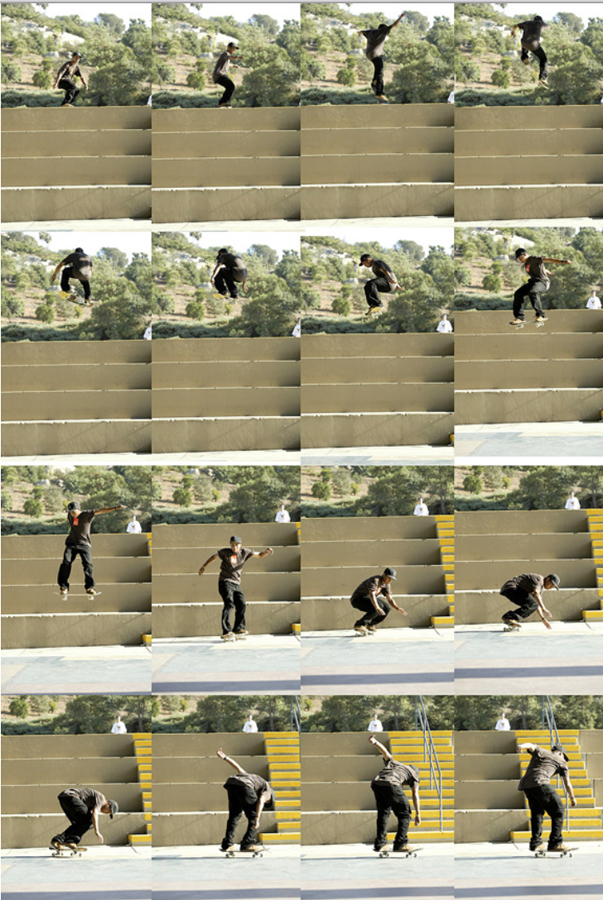
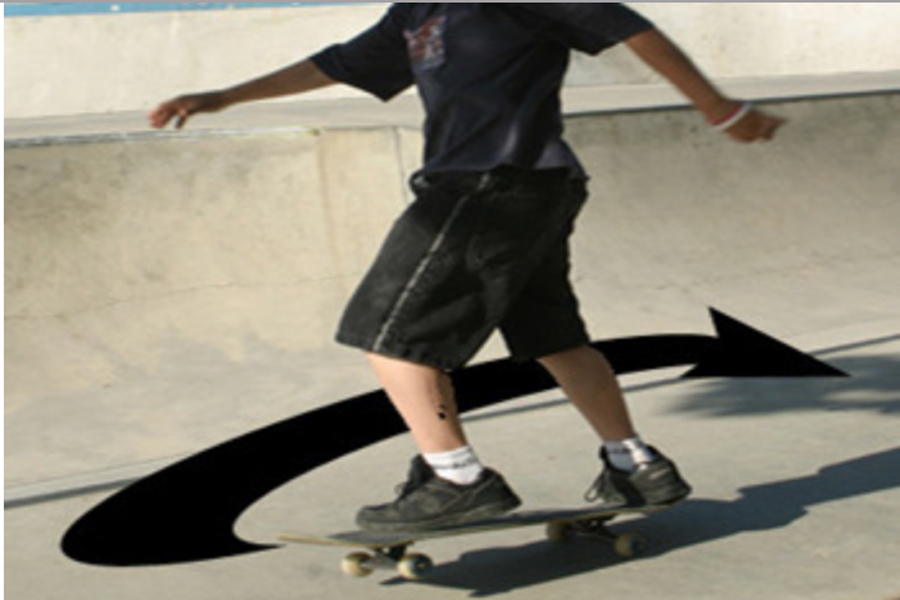

Frontside and backside starts out simple, like the black and white cookie. It doesn’t end that way.
Now, if you’re just telling someone the basics, no problem. I always start off with having them imagine a quarterpipe and finish with “frontside is when you turn toward your heels, with your front facing the sky. Backside is where you turn towards your toes with your back facing the sky.” Boom! Mic drop. I’m out.

This is frontside, with or without the grab.
But. A few years to when I was commentating Dew Tour contests, I was playing the “color” commentator role, while this NBC announcer guy who didn’t skate was responsible for doing the “play by play.” What that meant was that he was supposed to tell you who was who, where they’re from, what score they needed to win, etc. And then I’d talk about the actual skating and what I thought each skater’s chances were or whatever. Before one of the contests we were watching practice and he said, “I need to know frontside and backside so I can do a better job.” I was like “You don’t know frontside and backside? Crazy, but okay, no problem.” So I gave him the spiel about the transition and the sky and all of that, but since it was a street contest [actually “park course”], I added, “If someone is skating a handrail or hubba, just imagine it like the coping on top of a transition, same thing, if you’re facing the rail that means you’re going frontside and if your back is to it you’re going backside.”

This is not a photo of the NBC announcer guy and me, but it’s as close to it as I could find. I’m just going to say that’s me there on the right with the high forehead.
We started out with some frontside smith grinds and backside lipslides, simple, but then Lutzka spun into a frontside 270 lipslide and it all went flying out the window. “Why isn’t that backside?” he wanted to know. Only then did I realize how inadequate my fs / bs breakdown was. It wasn’t until about 15 minutes later, after he guessed almost all of the next tricks wrong that I realized that this might be something you just can’t learn unless you actually skate.

Wait, why isn’t this backside?
A backside 180 nosegrind is a good example of a trick that could have ended up living life as frontside trick. For starters, you’re facing the ledge or rail as you ride up to it, the hallmark of any good frontside move. Now think about a frontside hurricane. It has the same general motion as the bs 180 nosegrind, the only thing different is which part of your board/trucks are on the rail. So, why isn’t the bs 180 nosegrind just a frontside nosegrind? Or why isn’t the front hurricane called a backside 180 feeble? Great question, and, although I know the answer, it would take copious footnotes to really make it all make sense and I can’t really be bothered because I’m just going to assume you know the answer too.



If Romar were regular footed, this would be a frontside Cab. And no, regular footed does not mean you push with your back foot.
I don’t think there’s one foolproof way to determine why certain tricks are frontside or backside, there are only the general rules, and then a million exceptions. If you think you can break it down any easier though I definitely want to hear it.

Comments
Article Archive by Category
- All Ages Contests
- Anniversary Parties
- Art Shows
- Awards Ceremonies
- Boards for Bros
- Booze Cruise
- Celebrity Sightings
- Chill Cam Dumps
- Christmas
- Clash of the Crews
- Coastal Carnage
- Comedy
- Cons Triple C's
- Contest and Event Coverage
- Copenhagen Pro
- Course Construction
- Damn Am
- DC King of Series
- Demos at SPoT
- Digital Product Toss
- EOTM Parties
- Event Schedules and Details
- Franks for Nothing
- Go Skateboarding Day
- Heat Sheets and Skater Lists
- Industry Event Coverage
- Information About SPoT
- Make-A-Wish Contests
- Maloof Money Cup
- Nerdsday Thursday
- News and Press Releases
- Parties
- Product Watch
- Red Bull Events
- Road Trips
- Shoe Releases
- Shop Tours
- Skate Bid'niss
- Skate Missions
- SPoT Skate Shop Ybor
- Tampa Am
- Tampa Pro
- The Bricks
- Throwback Thursday
- Tourist Missions
- Toys for Tatas
- Trade Shows
- Vans Downtown Showdown
- Video Premieres
- Warped Tour
- Zaturdays
Shop
- Accessories
- Backpacks/ Bags
- Beanies
- Bearings
- Belts
- Complete Skateboards
- Decks and Boards
- DVD's
- Girls Gear
- Griptape
- Hardware
- Hats
- Headphones
- Jackets
- Jerseys
- Kids Shoes
- Long Sleeve Shirts
- Magazines/ Books
- Pads and Helmets
- Pants/ Jeans
- Sale/ Closeout
- Shoes
- Shorts
- Socks
- Stickers
- Sunglasses
- Sweaters/ Hoodies
- Tank Tops
- T Shirts
- Trucks
- Wallets
- Watches
- Wheels
- Woven/ Polo/ Knit Shirts

